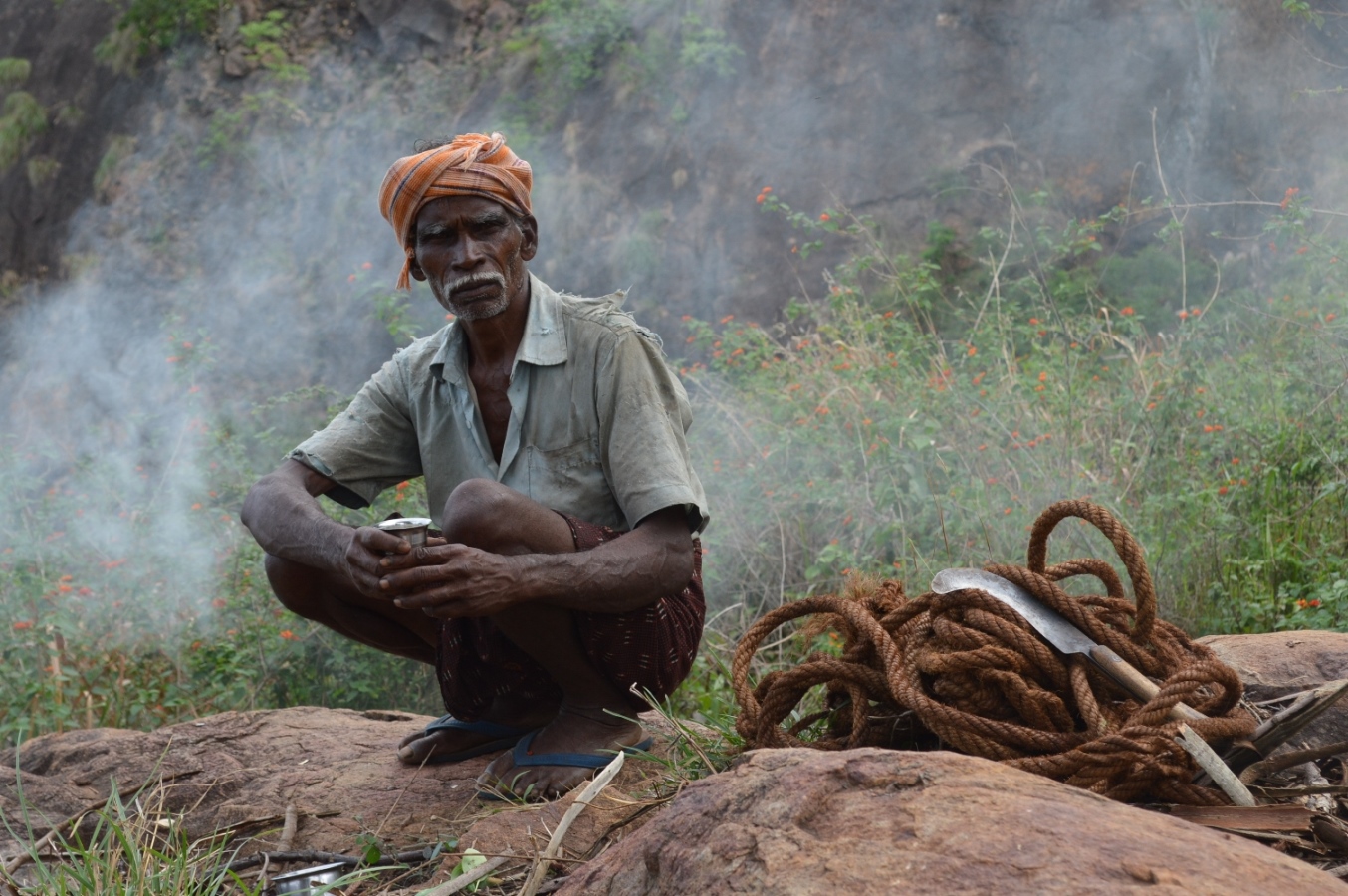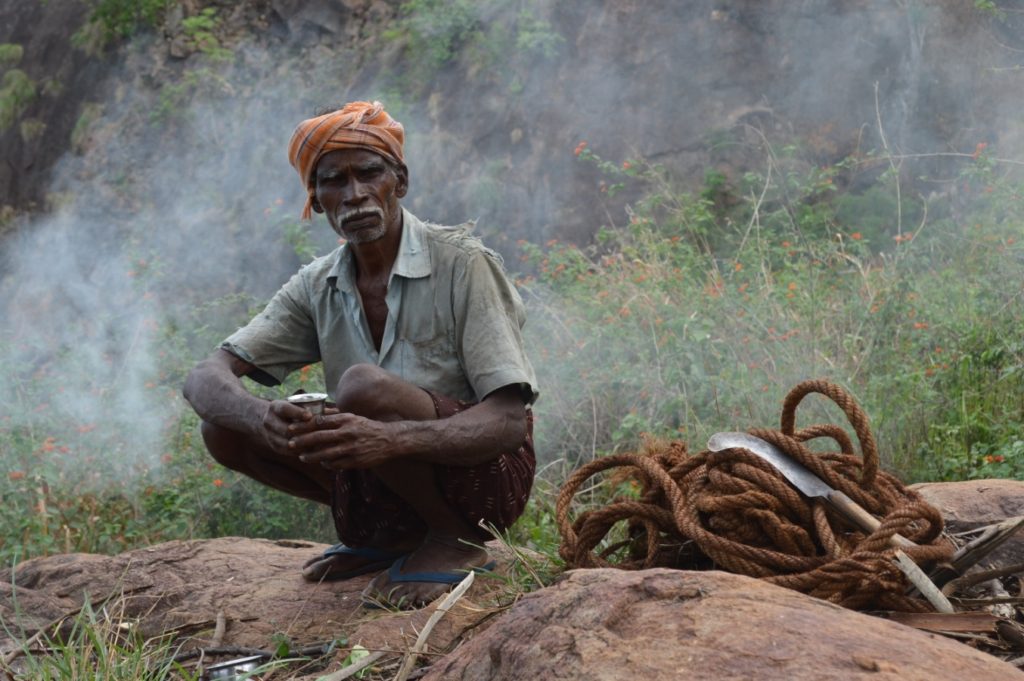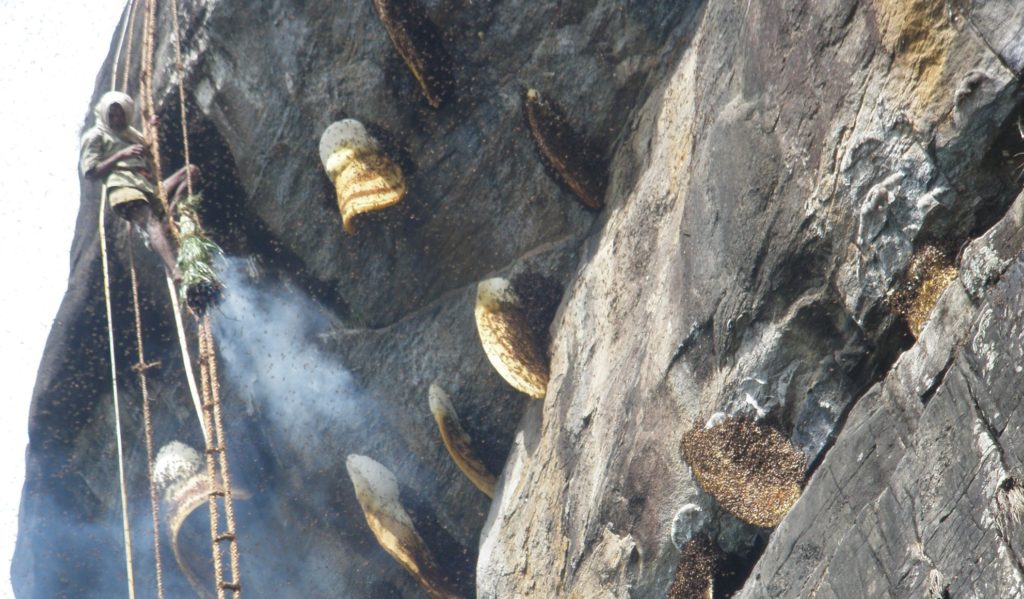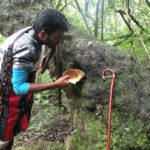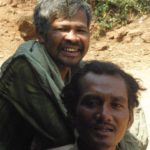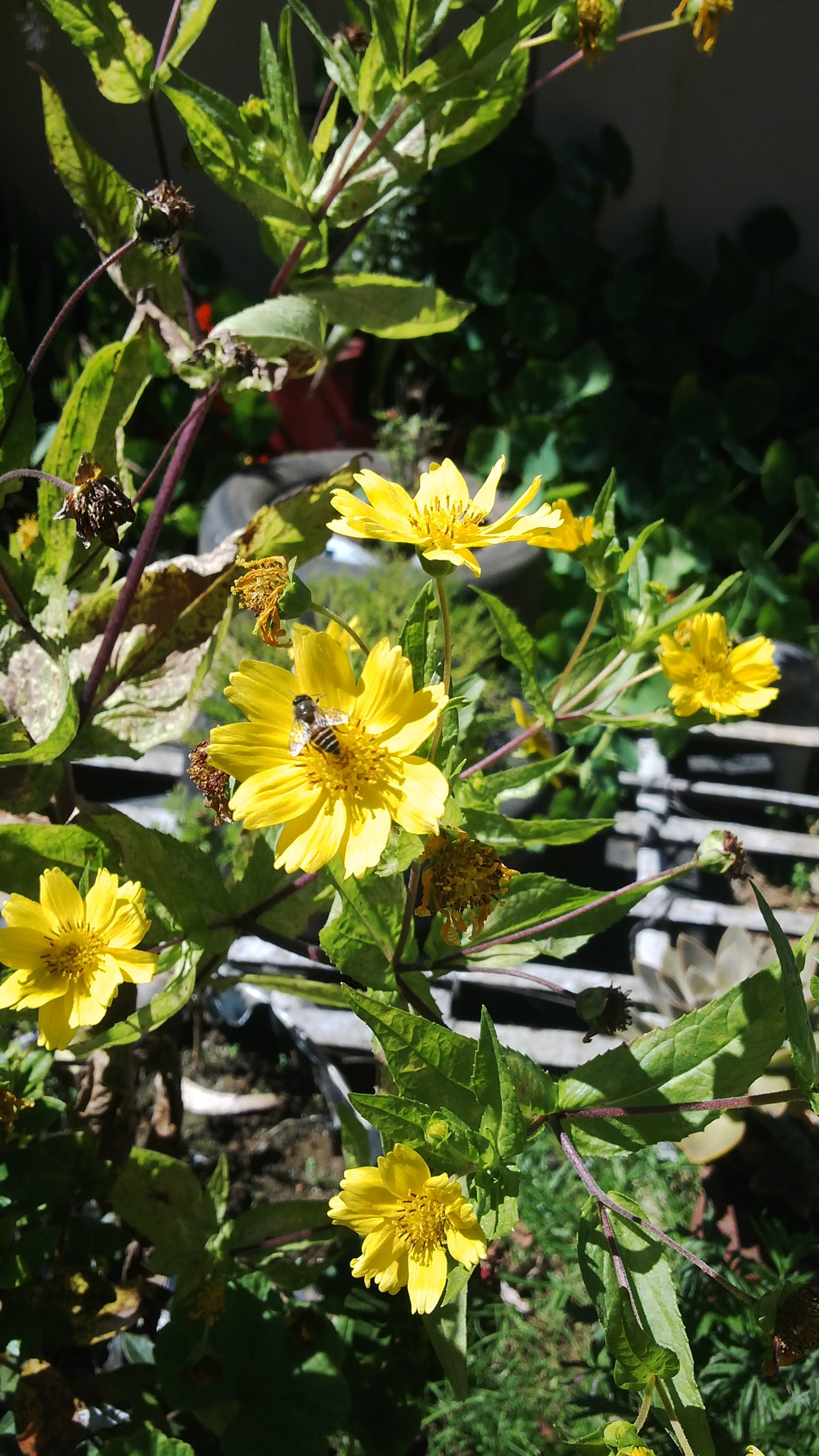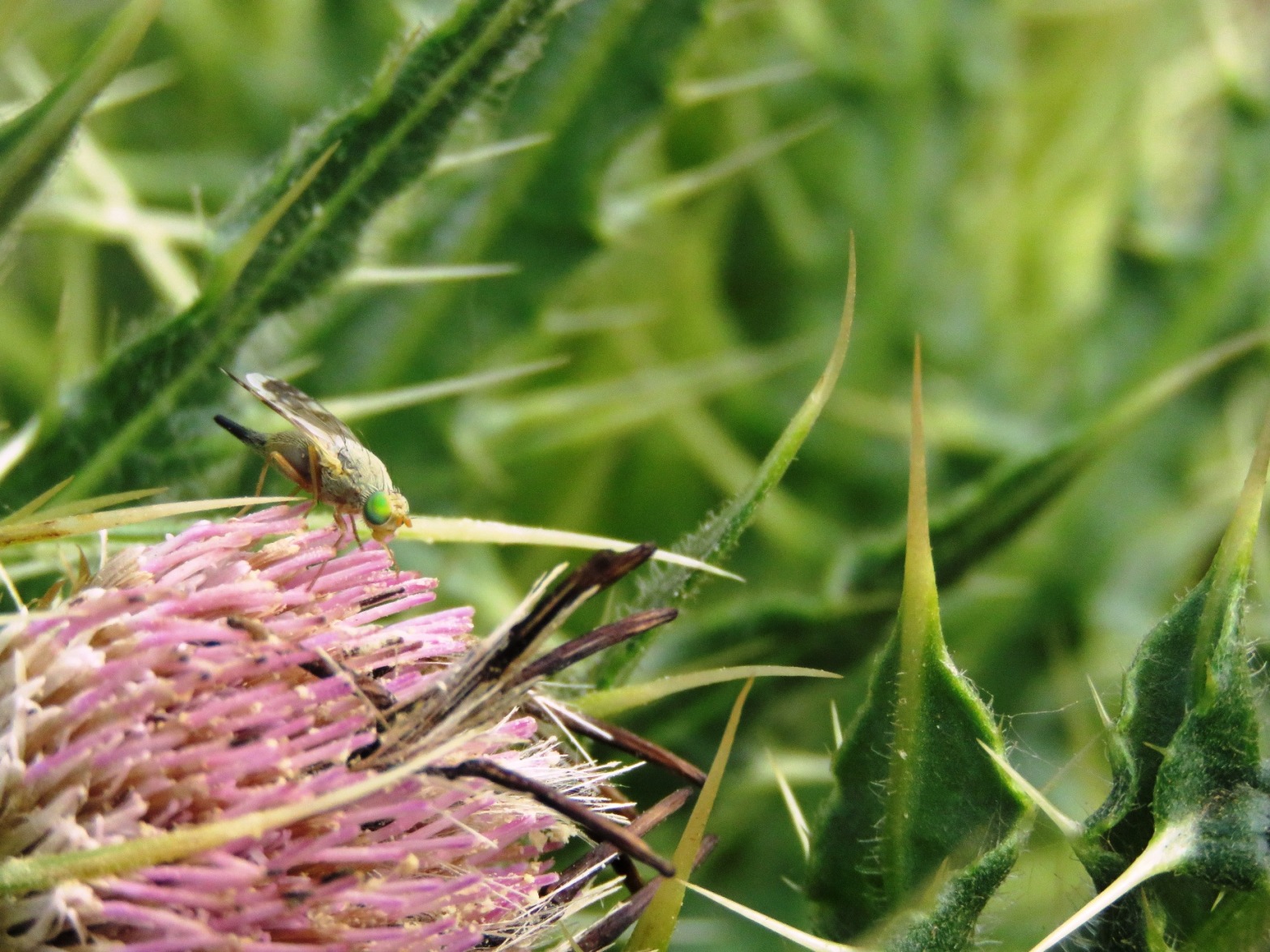The Kattunaickan are one of the five ancient tribal groups in Kerala. The Kattunaickan get their name from the words kadu (forests) and nayakan (leader). The Kattunaickans were traditionally hunter-gathers and are very much in tune with Nature. However, legislations put in place to protect native forests and wildlife have forced them to find work outside the forests. The Kattunaickans are plagued by unemployment and poverty and their numbers are fast dwindling as they are unable to keep pace with changing times. Another important characteristic of this tribe is the medicinal system and its close association with culture. They use traditional medicines for common ailments and will turn to modern medical care only in an emergency, after seeking consent from deity via the chieftain or priest, through a well-defined set of traditional rituals or poojas.
Of late, the Kerala Forest Department has been engaging with the Kattunaickans for forest plantations, logging operations, elephant tracking and developmental programmes. As they reside in the forest fringe and the south western slopes of Nilgiri hills, small scale traditional mixed farming is practiced which includes exclusive varieties of little millets and maize other than pulses, cereals, greens, vegetables and tubers. Kattunaickans practice Hinduism and have a dialect which they use amongst themselves; with other non-tribals they speak Malayalam or Tamil.
